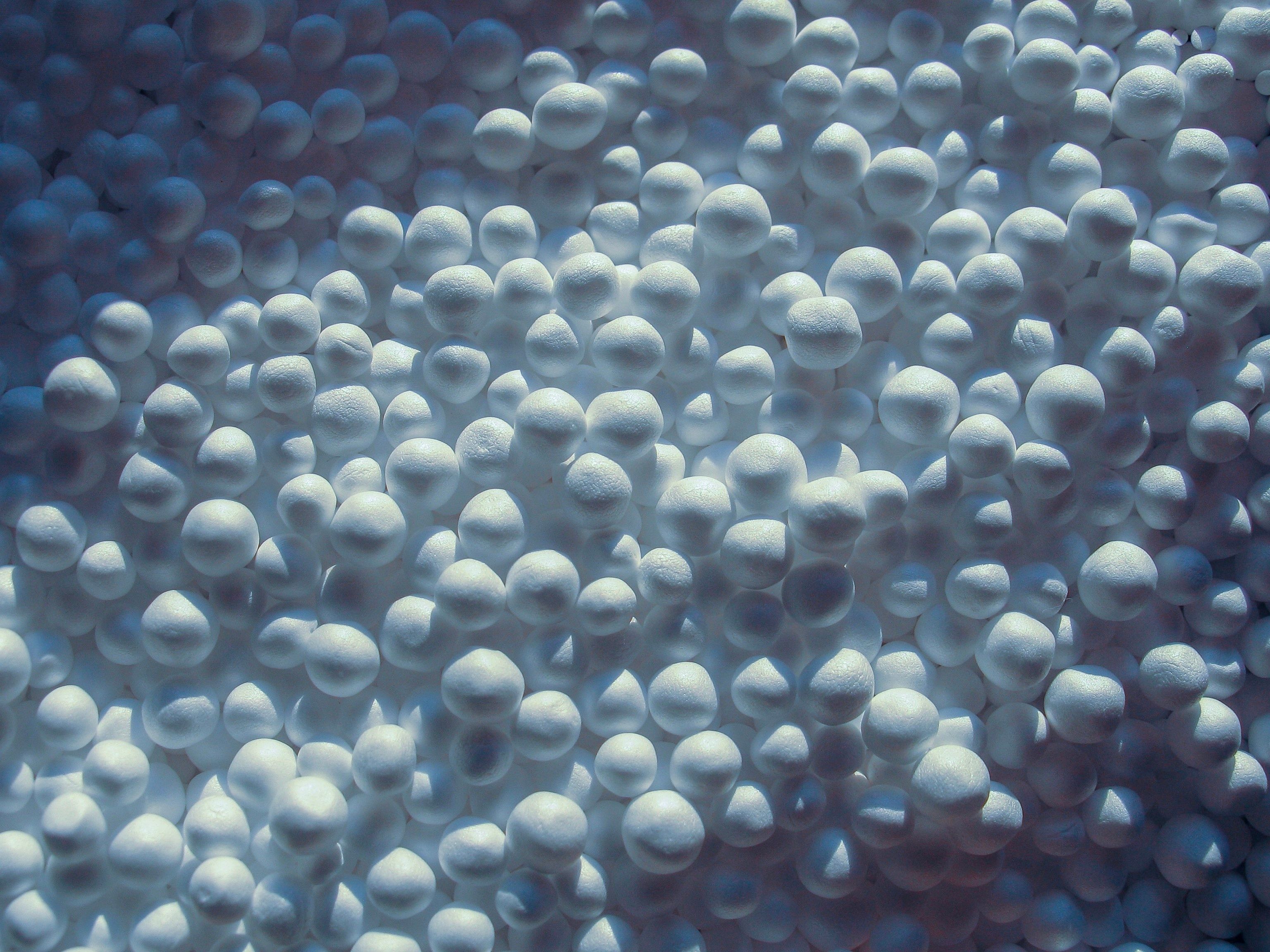TD-GC–MS and IDMS Sample Prep for CRM to Quantify Decabromodiphenyl Ether in Polystyrene Matrix
At issue in this study was the certified value of decabromodiphenyl ether (BDE 209) in a polystyrene matrix CRM relative to its regulated value in the EU Restriction of Hazardous Substances Directive.
Recently in the journal Analytical and Bioanalytical Chemistry, four researchers from Japan explained their method of thermal desorption–gas chromatography–mass spectrometry (TD-GC–MS), further refining the sample preparation step with isotope dilution mass spectrometry (IDMS), for certifying a polystyrene (PS) certified reference material (CRM) for the evaluation of decabromodiphenyl ether, or BDE 209 (1).
zoomed white expanded polystyrene pellets for production plastic bags | Image Credit: © Maryna - stock.adobe.com

BDE 209 was defined in 2017 by the United States Environmental Protection Agency (EPA) Office of Chemical Safety and Pollution Prevention as being among a class of brominated flame retardants which, since their advent in 1976, have been added to various materials to lessen combustibility—namely textiles, electronics, home furnishings, appliances, and children’s products just to name a few (2). Domestic manufacture and import of such chemicals was to have ceased in the U.S. as of the end of 2013, but the EPA in its 2017 report indicated that may not have happened as scheduled.
Elsewhere in the world, the regulation value of BDE 209 according to the European Union Restriction of Hazardous Substances Directive is 1000 mg/kg; for this experiment, based out of the National Institute of Advanced Industrial Science and Technology (AIST) in Tsukuba, Japan, the certified value was within this range, at 978 mg/kg (1). A certified reference material (CRM) using polystyrene (PS) was prepared for quantification; however, because PS poses certain challenges with regard to accuracy, the CRM was constructed by injection molding of versine PS and BDE 209.
Two specific modes of mass spectrometry (MS) were detailed by the authors here. First, in the sample preparation step, isotope dilution mass spectrometry (IDMS) was used for two different preparation and analytical methods in order to certify the PS CRM (1). There were uncertainties present insofar as certification, inhomogeneity, and both long- and short-term instability, all based on the mass fraction of BDE 209. Taking all these factors into consideration, the research team determined the expanded uncertainty of this CRM to be 57 mg/kg.
What the researchers intended to discover, and did successfully according to this study, was whether the application of IDMS without matrix-matched calibrants would enhance the accuracy and precision of the multifaceted TD-GC–MS process. When they evaluated the quantitative capabilities of that method without IDMS in the sample prep, they found that the analytical values of the CRM, obtained by both internal and external standard methods with matrix-free calibrants, were out of the range of the certified value by close to 10% on either end (1). However, applying IDMS led to results consistent with the certified value regardless of calibrant—suggesting a sound performance of the experiment as a whole.
Select portions of this article were assisted by artificial intelligence. Read more about our policy for using AI here.
References
(1) Improvement of the Quantitativeness of the Thermal Desorption-GC–MS Method and Development of Polystyrene Certified Reference Material for the Quantification of Decabromodiphenyl Ether (BDE 209) by Using Isotope Dilution Mass Spectrometry. Anal. Bioanal. Chem. 2024, 416, 407–417. DOI: 10.1007/s00216-023-05032-8
(2) United States Environmental Protection Agency, Office of Chemical Safety and Pollution Prevention. Preliminary Information on Manufacturing, Processing, Distribution, Use, and Disposal: Decabromodiphenyl Ether, 08.2017. https://www.epa.gov/sites/default/files/2017-08/documents/decabde_-_use_information_-_8-7-17-clean.pdf (accessed 2024-04-25).